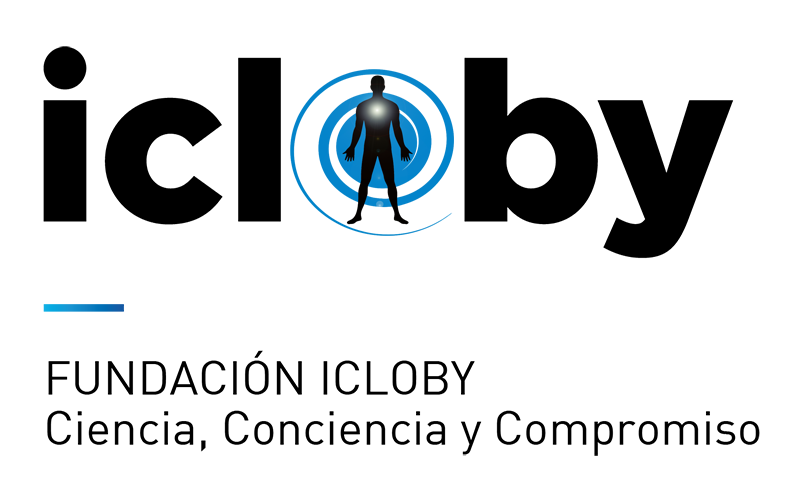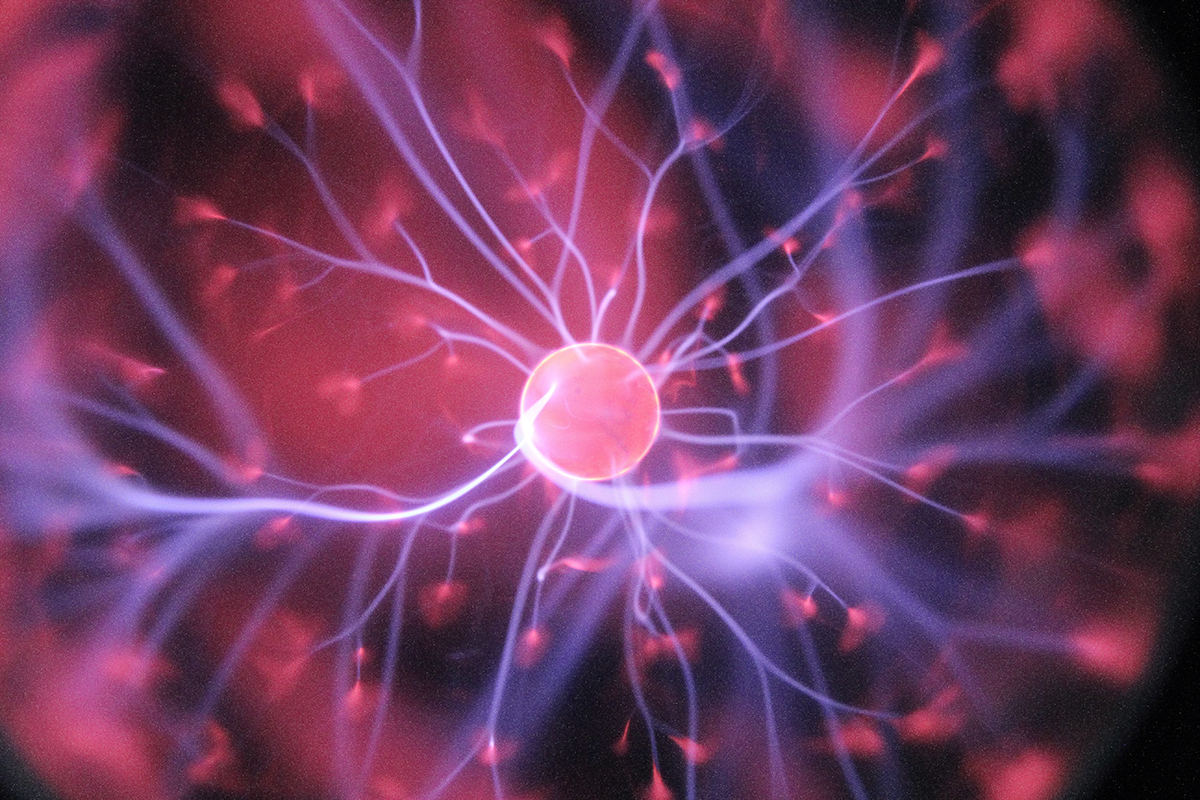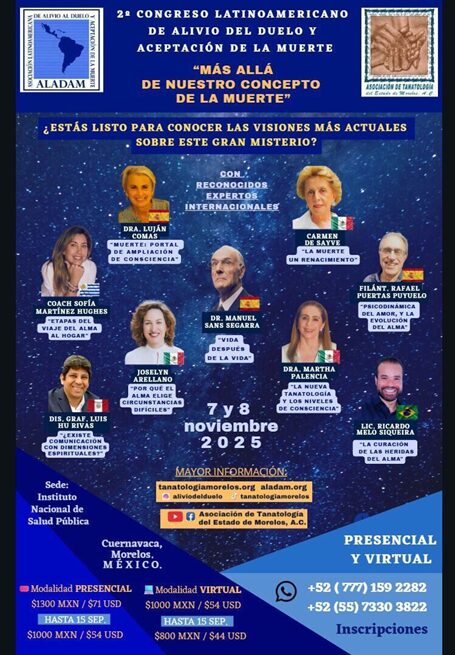Evidence has shown that the readings of gamma waves in peri-mortem electroencephalograms (EEGs) and their interpretation in various studies, when considered as candidates for the natural explanation of Near-Death Experiences (تجارب الاقتراب من الموت), are, by all accounts, a poor bet. To support these results, you can find the review on this topic in the annex.
نايجل شو من جامعة أوكلاند, نيوزيلندا, has developed a series of arguments explaining the inadequacies of this proposal.
Firstly, يشرح شو كيف يمكن أن تخطئ حركات العضلات في موجات الدماغ, giving a false impression of brain activity. لكن, this seems unlikely since EEG recordings have been obtained in some cases from patients with no type of movement.
ثانيًا, he references the poor determination of the moment of death in some of the studies that have found gamma activity in peri-mortem EEGs. في بعض الدراسات, the EEGs are clearly before cardiac arrest, others when no pulse is detected, and others during effective cardiorespiratory arrest.
Shaw’s strongest argument comes from studies with dogs, which found that EEGs with gamma activity originate from the brain’s amygdala and not the cortex, making it unlikely that such activity could be proposed as the cause of NDEs.
Moreover, Shaw argues that the relationship between gamma waves and consciousness has never been fully established: على سبيل المثال, someone can generate gamma waves in the EEG and yet be under anesthesia.
أخيراً, the author highlights that in psychedelic states, where some characteristics of NDEs are reproduced, الطيف الكامل لموجات الدماغ التي سجلتها EEG, بما في ذلك موجات جاما, is reduced; adding difficulty to the possibility that these types of peri-mortem waves could be responsible for NDEs.
أوسكار لورينس وغارسيا
ANNEX
مراجعة Characterization of End-of-Life Electroencephalographic Surges in Critically Ill Patients by Chawla et al., 2017.
في 2009, اكتشف فريق Lakhmir Chawla End-of-Life Electrical Surges (هم) في 7 المرضى بين 3-5 بعد دقائق من اعتقال القلبية التنفسي. بعد ثماني سنوات, تمكنوا من تكرار جزء من هذه النتائج: 13 خارج 18 patients experienced ELES. في 2009 شرط, these ELES were proposed as a possible neurophysiological cause for Near-Death Experiences (تجارب الاقتراب من الموت).
تشاولا يسلط الضوء على أن الدراسات التي أجراها Auyong (2010), بورجيجين (2013), وفان ريجين (2011) يؤكد نتائجه. لكن, في الدراسة الأولى, لم يتم تضمين لحظة السكتة القلبية الدقيقة; في الثانية, electroencephalogram activity occurs in mice within 30 بعد ثوانٍ من اعتقال القلبية التنفسي, as expected following such arrest, والدكتور. Borjigin herself complained that the results obtained by Chawla were different from those recorded by her team; and in the third, it is ruled out that such experiences, found by the authors in decapitated rodents, can be associated with any type of consciousness, بالنظر إلى أن هذه الظاهرة تحدث في كل من الفئران المخدرة وغير المتقدمة.
The results from Norton (2017), نائم (2021), ريغان (2018), دي فريس (1998), مع ما مجموعه 197 حالات, والتحليل التلوي بواسطة بانا (2016) مع 7 human studies and 10 animal studies, did not validate Chawla’s results and found either a generalized decrease or no brain activity after cardiorespiratory arrest.
When adding to these results the fact that some NDEs occur before 3 minutes into the arrest thanks to their in-hospital origin and an adequate resuscitation protocol, it becomes difficult to attribute NDEs to ELES.
في الحقيقة, ELES seem to be the result of neuron depolarization in a severely damaged brain.





